My first experiment was designed with the intention to demonstrate EED signal transmission through a Faraday cage through the use of bifilar coils and similarly, show that traditional EM waves are blocked by the apparatus. The signals were generated via an AWG (arbitrary waveform generator). As previously mentioned, no conclusive results were found with this experiment. A number of independent variables were tested:
- Several sizes of coils were wound: from 28ga wirewrap wire, up to larger ones with 12ga speaker wire
- One or two variations in coil spacing (between windings) were tried as well
- A few variations on the specific wiring of the coils to the AWG were tested
- The full voltage range of my signal generator was tested: down from milivolts up to 30V
- A range of frequencies were tested as well, from low kHz range up to several hundred kHz
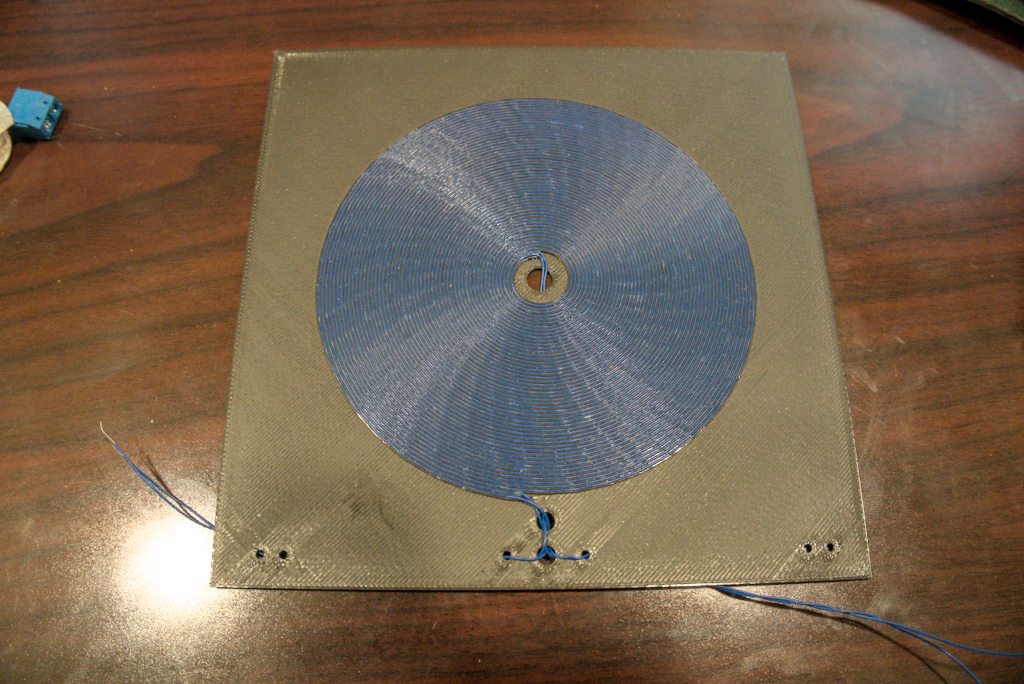
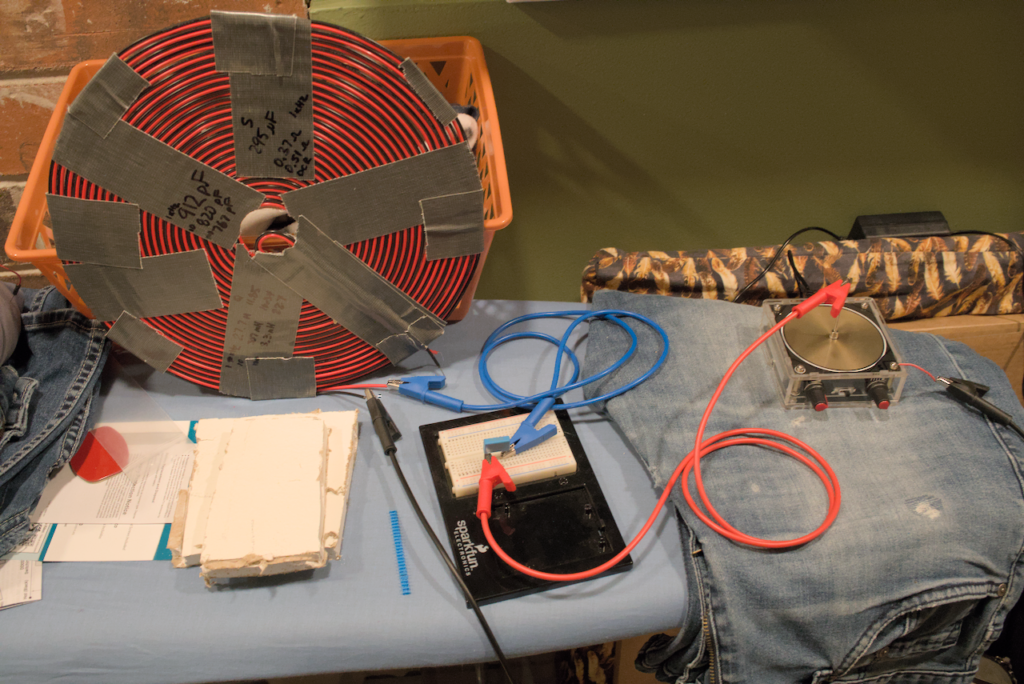
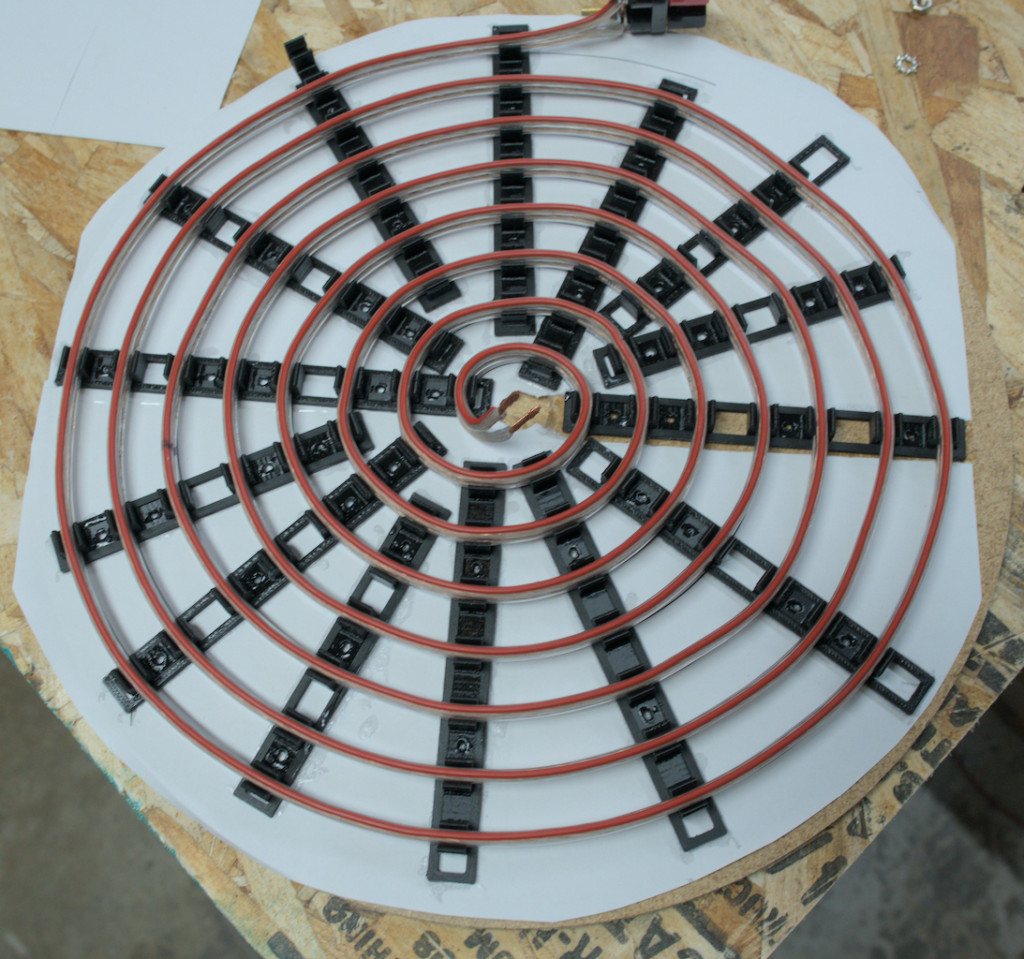
For obvious reasons, I was not able to test every combination of variables, and admittedly there was a bit of a haphazard approach to this, at least initially. There were also a number of limiting factors and challenges included:
- AWG only went up to 30V, which may not be sufficient as mentioned in previous posts
- Frequency was limited to a few-hundred kHz at the highest due to other factors
- It was very difficult to construct a Faraday cage which had adequate shielding
To expand upon that last note: the challenges in successfully filtering out traditional EM waves were far beyond what I had initially expected. I generally understood these were difficult and complex, but the degree to which it was the case caught me by surprise.
The general design of the Faraday cage was an old metal box which was of fairly thick gauge steel and approximately 12 x 12 x 5; able to fit a stack of a few dinner plates. But the box previously enclosed some electronics (I think an old alarm system?), and had many holes which just leak signals out like water through a sieve – not to mention the front panel itself was a large door on a piano hinge. My first attempts to remedy this were simply applying some copper mesh of various gauges. This was basically useless, even at low frequencies, which was a bit of a surprise as well. I ended up having to use special EM filtering fabric, which claimed to have been tested & validated to guarantee a certain amount of signal attenuation and was used in military applications. The entire interior of the box was covered with at least one layer of this, and specially designed EM filtering tape (also by the same manufacturer) was used to adhere it and join sections together. Even with this, the filtering was only able to successfully function at a few hundred kHz.
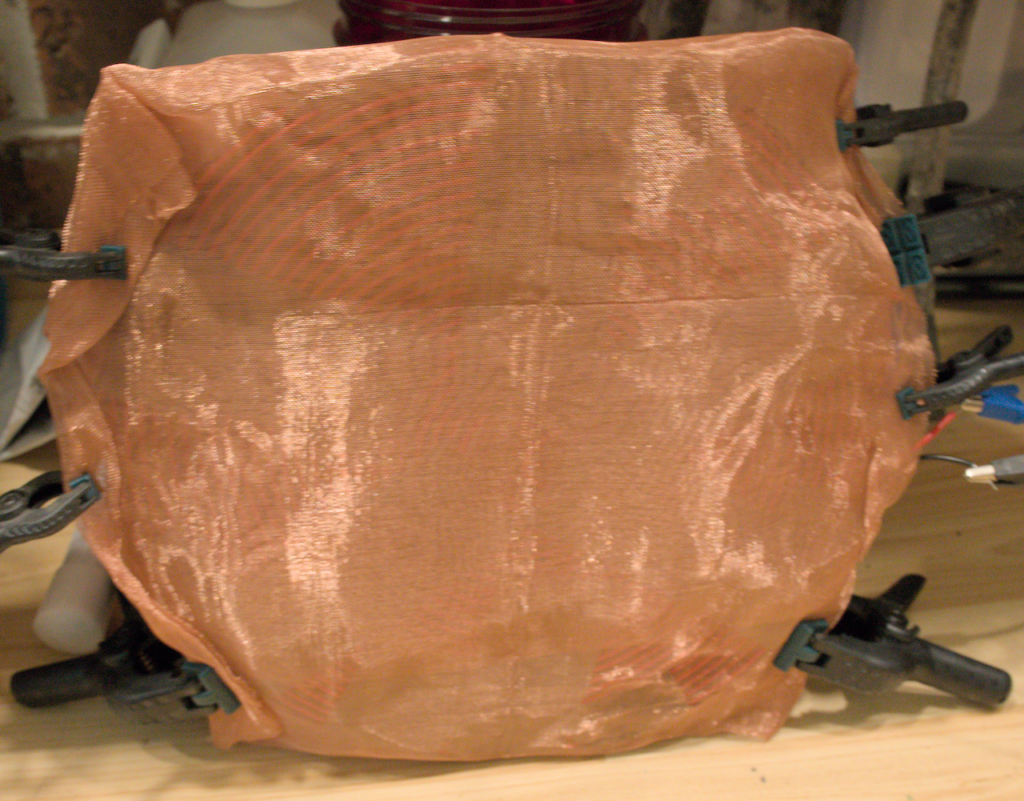
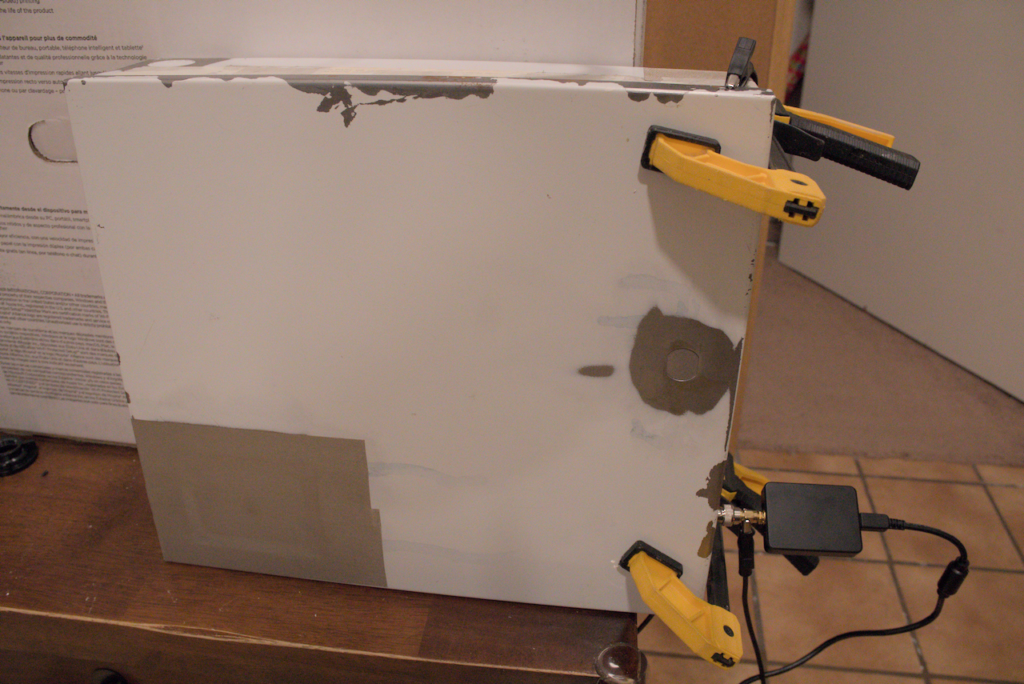

The receiver was an SDR, specifically the Airspy HF+ Discovery. This model was chosen due to the lower frequency range supported. Software utilized was gqrx. This was also my first experience using an SDR or the software, so there was a bit of a learning curve to get the basics. I also tested the SDR with a traditional dipole antenna it came with, to verify functionality – it was able to pick up local FM and AM stations without issue.
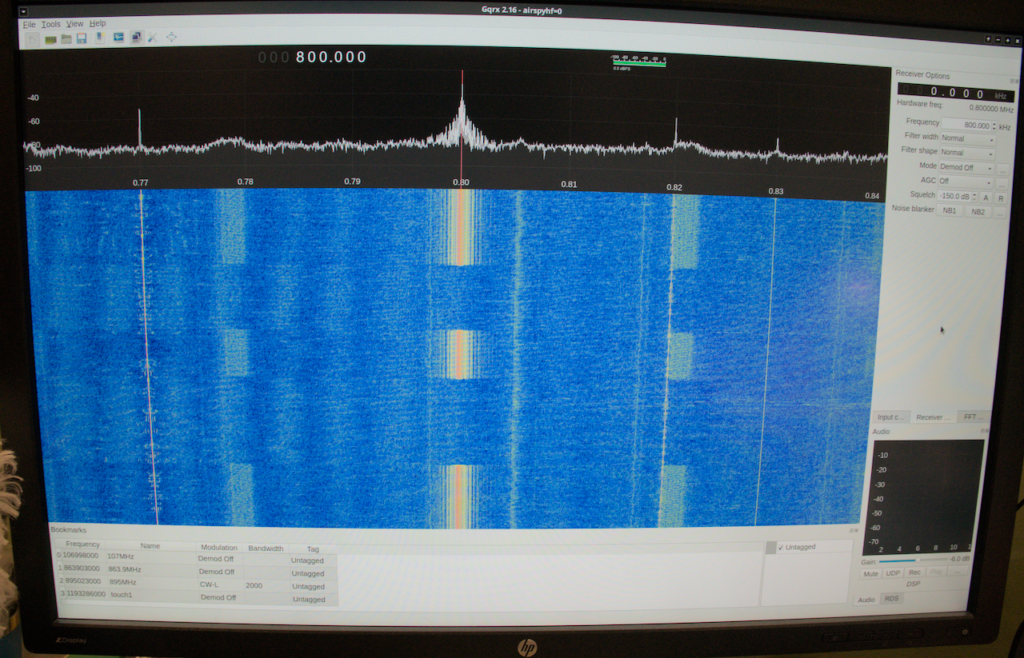
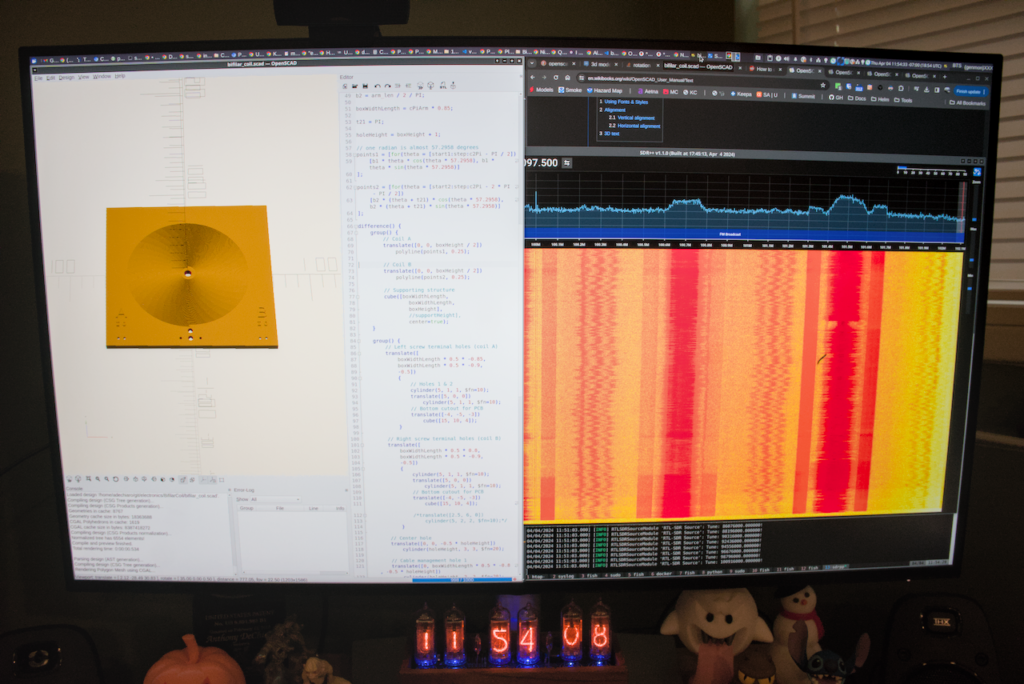
One last idea I tried was utilizing a Tesla coil in attempt to generate the higher voltages. Small versions of these devices are generally available at the regular online retailers. These also did not generate any useful conclusions, though I admit the types signals they generated were completely dependent upon the design and tuning of the secondaries of the coils. I am also aware that hooking a bifilar coil to the output of the secondaries would completely change the loading of the coil and, as I generally understand things, this would impact the tuning and could potentially prevent it from generating the HV in the first place. You could classify this approach as a shot-in-the-dark on top of an existing shot-in-the-dark 🙂
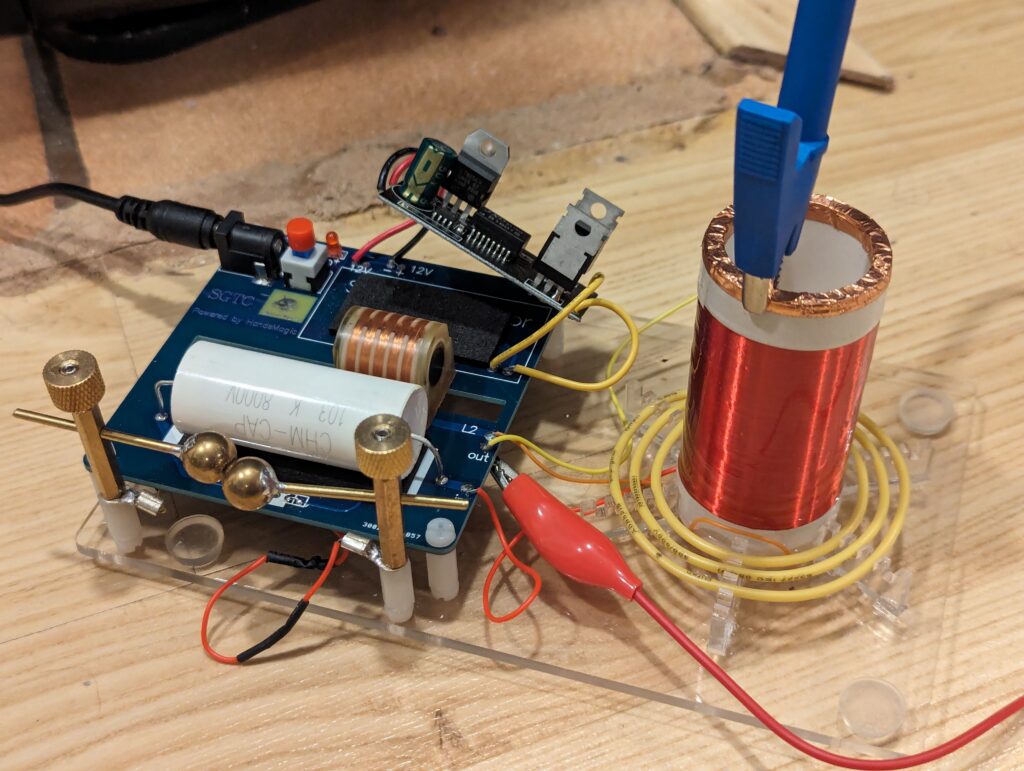
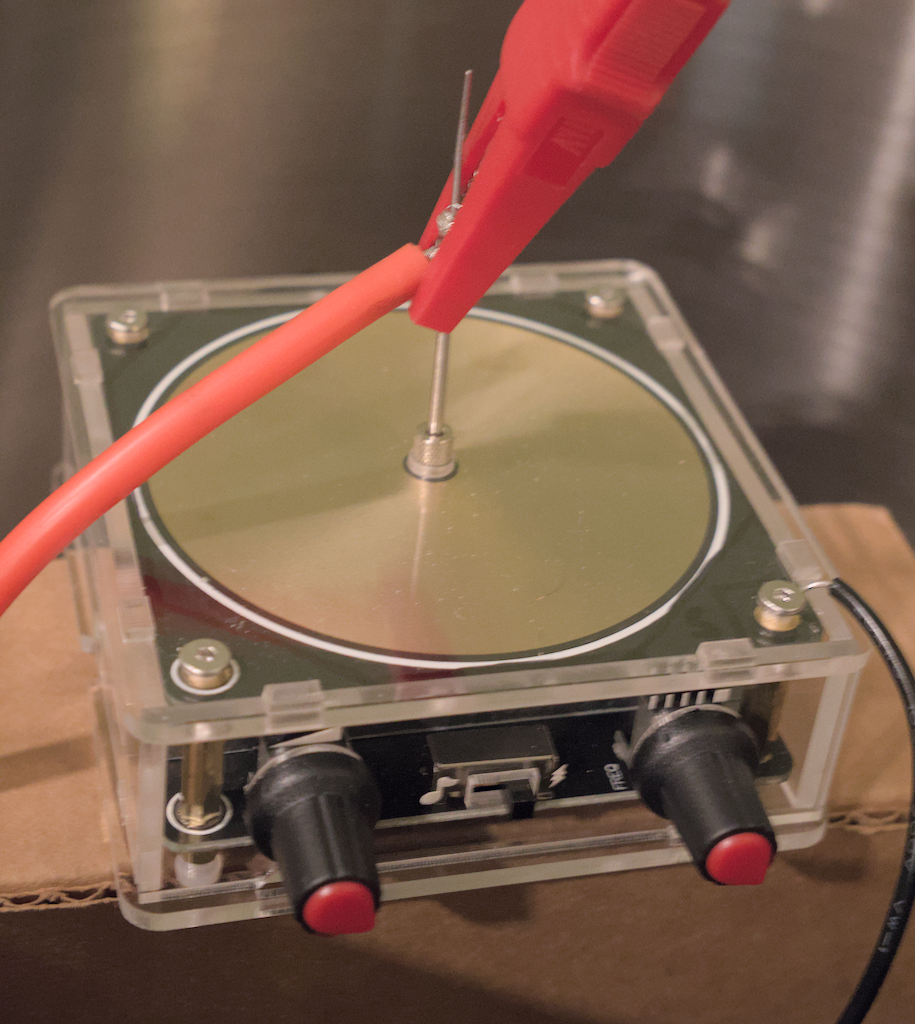
So for now, this experiment is on hold – at least until I can come up with some new ideas for approaches, or I can find some constructive feedback from someone who has more experience with scalar and scalar longitudinal waves. But unfortunately, the pool of qualified people in this is exceedingly small at the moment! (at least the ones I’m aware of)


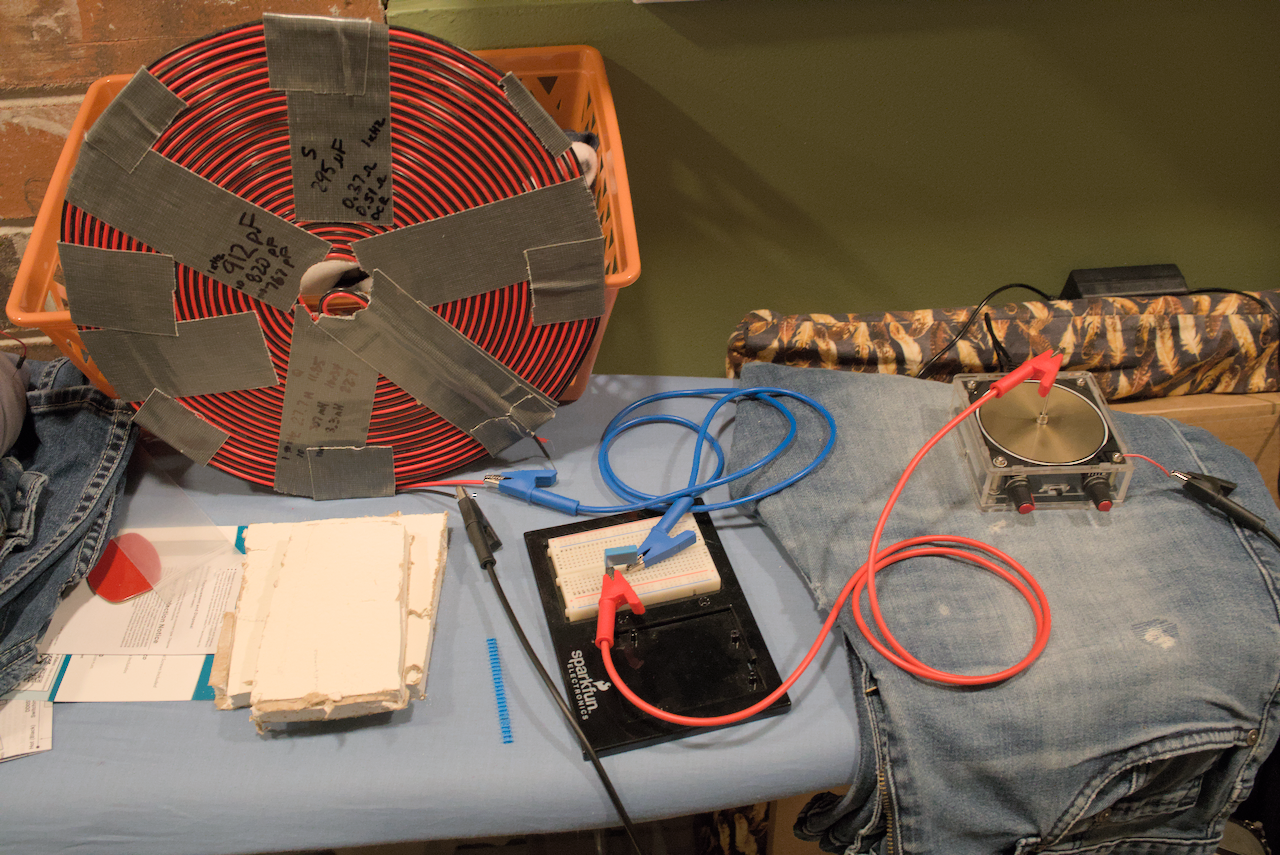
Leave a Reply